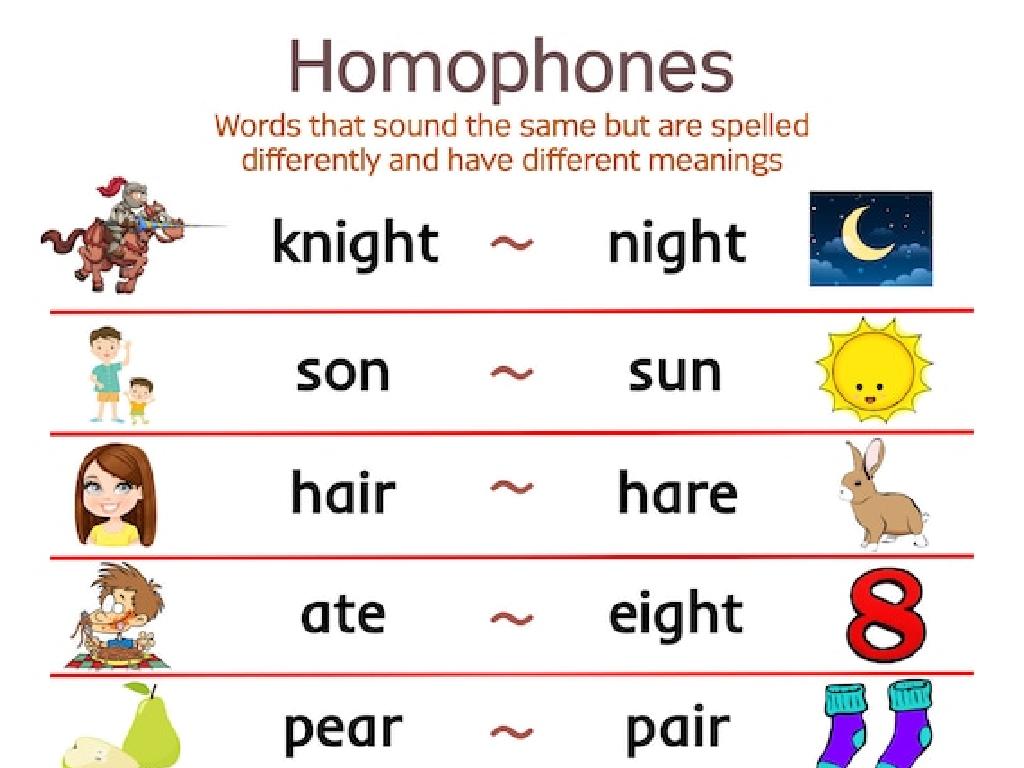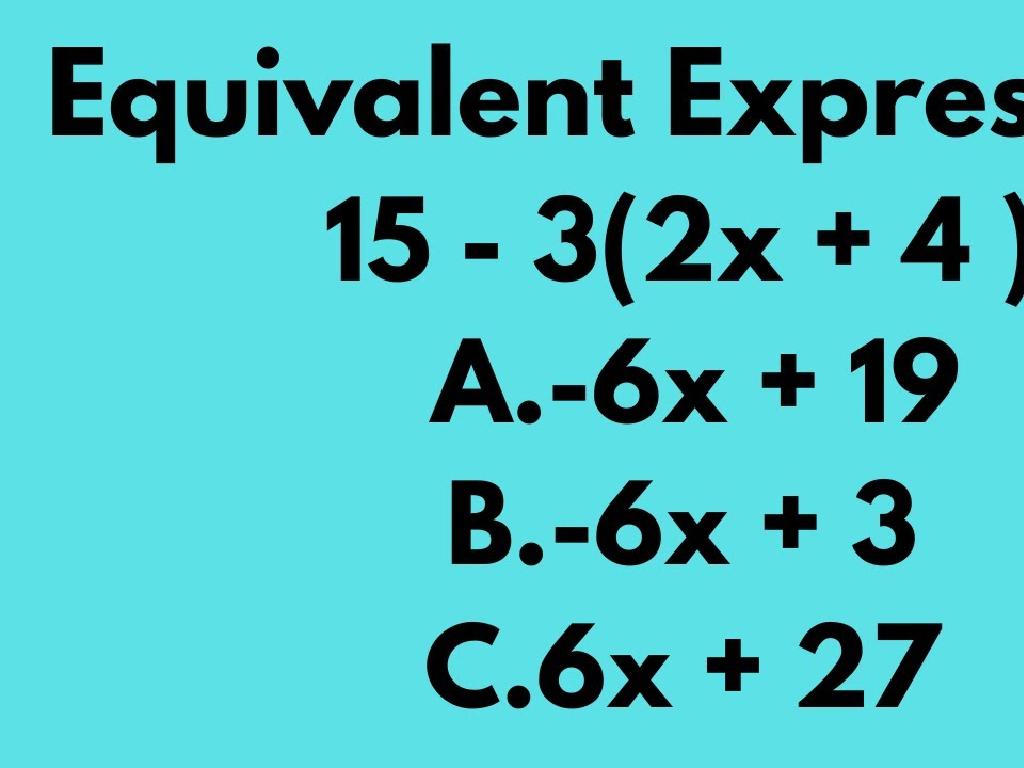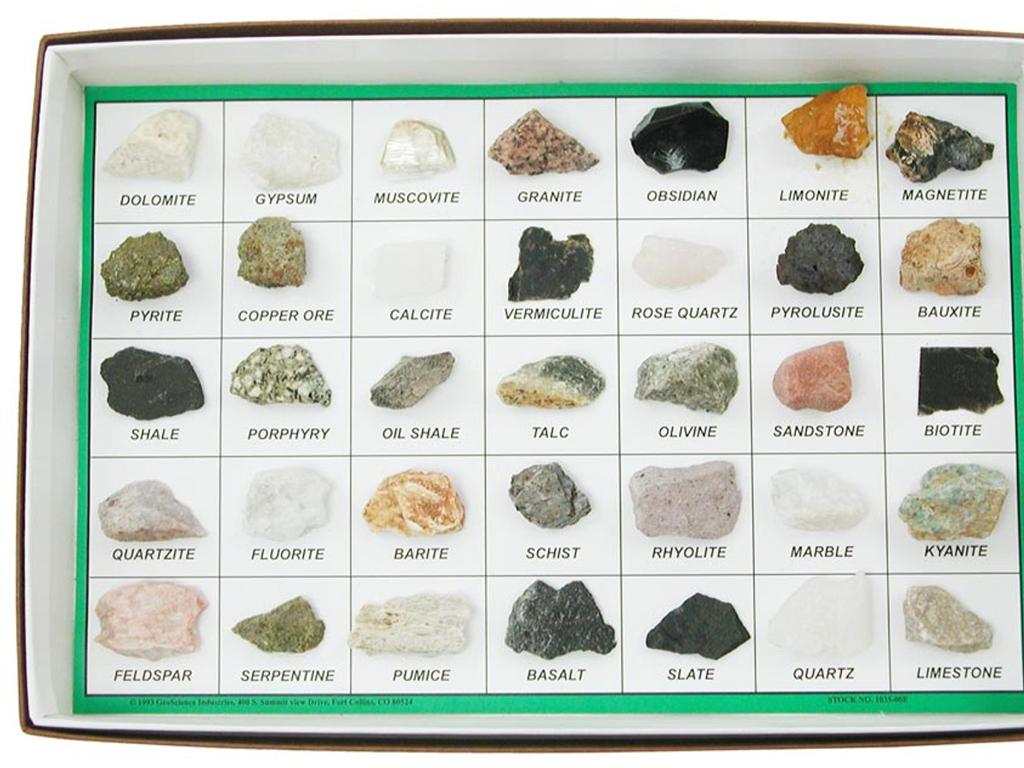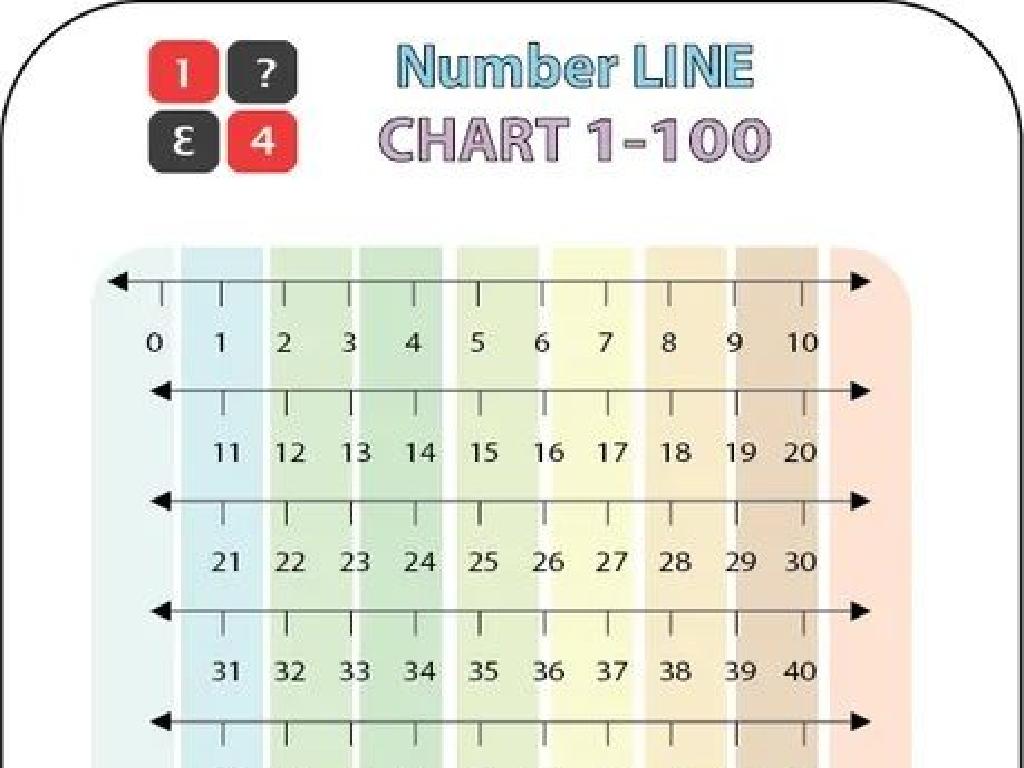Calculate Mean, Median, Mode, And Range
Subject: Math
Grade: Eighth grade
Topic: One-Variable Statistics
Please LOG IN to download the presentation. Access is available to registered users only.
View More Content
Understanding One-Variable Statistics
– Grasp basic statistical concepts
– Statistics involves collecting, analyzing, interpreting, presenting, and organizing data.
– Today’s focus: Mean, Median, Mode, Range
– Mean: average value, Median: middle value, Mode: most frequent, Range: difference between highest and lowest.
– Real-life importance of these measures
– These concepts help us make sense of data in fields like economics, healthcare, and sports.
|
This slide introduces the fundamental concepts of one-variable statistics, which are essential tools for understanding and interpreting data. Emphasize the practicality of these measures in everyday life and various professional fields. For instance, mean can be used to calculate average expenses, median to understand income distribution, mode to find the most common category of a product sold, and range to assess the variability of temperatures over a week. Encourage students to think of examples from their daily lives where these statistical measures could be applied. This will help them appreciate the relevance and value of statistics beyond the classroom.
Understanding the Mean
– Mean: The average of numbers
– Add all numbers together, then divide by the count of numbers.
– How to calculate mean
– Sum the values: 4+8+6+5+3, then divide by 5, the total number of values.
– Example: Mean of 4, 8, 6, 5, 3
– (4+8+6+5+3) / 5 = 26 / 5 = 5.2, so the mean is 5.2.
|
The mean, often referred to as the average, is a fundamental concept in statistics that provides a central value for a set of numbers. To calculate the mean, students should add all the numbers in a set together and then divide by the total count of numbers. For example, to find the mean of 4, 8, 6, 5, and 3, students add these numbers to get a sum of 26. Since there are 5 numbers in this set, they then divide 26 by 5 to get a mean of 5.2. It’s important for students to practice this with different sets of numbers to become comfortable with the process. Encourage students to work on additional examples and to understand how the mean represents the ‘central’ value of a dataset.
Understanding the Median
– Median: Middle value in a list
– The median is the central number of an ordered set.
– Steps to find the median
– 1. Arrange numbers in order. 2. Find the middle value.
– Example: Median of 7, 3, 9, 2, 4
– Order: 2, 3, 4, 7, 9. Median is 4.
|
The median is a measure of central tendency that represents the middle value in a dataset. When finding the median, students should first arrange the numbers in ascending order. If there is an odd number of values, the median is the middle one. If there is an even number of values, the median is the average of the two middle numbers. In the example provided, once the numbers are ordered from least to greatest (2, 3, 4, 7, 9), the middle number, which is 4, is the median. This concept is crucial for understanding data distribution and is a foundational skill in statistics.
Understanding the Mode in Statistics
– Define Mode in a dataset
– Mode: The value that appears most often
– Possible modes in a set
– A dataset can have one mode, multiple modes, or none
– No mode scenario
– If no number repeats, the dataset has no mode
– Example: Finding the mode
– For 2, 4, 4, 3, 2, 1, 2, mode is 2 (appears 3 times)
|
The mode is a measure of central tendency that identifies the most frequent occurrence in a dataset. It’s important to note that while some datasets have a clear mode, others can have more than one (bimodal or multimodal) or none at all if all numbers occur with the same frequency. In the example provided, students should count the frequency of each number and determine that 2 is the mode since it appears three times, more often than any other number. Encourage students to practice with different datasets to become comfortable with identifying the mode.
Understanding Range in Statistics
– Definition of Range
– The span from the lowest to highest value in a data set.
– Calculating Range
– Subtract the smallest value from the largest.
– Range of a Data Set
– For 15, 22, 8, 19, 13, range is 22 – 8 = 14.
– Significance of Range
|
The range is a measure of how spread out the numbers in a data set are. To calculate the range, you identify the highest and lowest numbers in the set and then subtract the lowest from the highest. For example, given the set of numbers 15, 22, 8, 19, 13, the lowest number is 8 and the highest is 22. Subtracting these gives us a range of 14. The range can give us a quick sense of the variability in a data set, but it doesn’t tell us about the distribution of values between the highest and lowest.
Let’s Practice Together: Measures of Central Tendency
– Calculate mean of the data set
– Add all numbers and divide by the count: (12+15+11+15+14+13+15)/7
– Find the median of the numbers
– Arrange in order and pick the middle: 11, 12, 13, 14, 15, 15, 15
– Determine the mode of the set
– The number that appears most often: 15
– Compute the range of values
– Subtract smallest from largest: 15 – 11
|
This slide is a class activity designed to help students practice calculating the mean, median, mode, and range of a given data set. The mean is the average of all the numbers, the median is the middle value when the numbers are ordered, the mode is the most frequently occurring number, and the range is the difference between the highest and lowest values. Each measure provides different insights into the data set, such as its central tendency and variability. For the teacher: Prepare to guide students through the calculations, ensuring they understand each step. Offer additional similar exercises for students who finish early or need extra practice. Discuss as a class how each measure can tell us something unique about the data.
Real-World Applications of Statistics
– Daily applications of mean, median, mode, and range
– Compare academic test scores
– Find the average score to gauge class performance
– Analyze survey data effectively
– Determine the most common response for better insights
– Budget personal expenses
– Calculate spending range and average costs
|
Understanding mean, median, mode, and range is crucial for making informed decisions in everyday life. For instance, students can compare test scores by calculating the class average (mean) to understand their performance relative to peers. Analyzing survey results is made easier by identifying the most frequently occurring response (mode), which provides a quick insight into public opinion or preference. When budgeting, knowing the range gives an idea of the span of expenses, while the mean helps in understanding the average cost. Encourage students to think of other areas where these statistical tools can be applied, such as sports statistics or weather patterns.
Class Activity: Statistic Scavenger Hunt
– Form groups for data collection
– Gather real-life data samples
– Examples: sports scores, daily temperatures
– Calculate mean, median, mode, range
– Use formulas: Mean = £x/n, Median = middle value, Mode = most frequent, Range = max – min
– Present data findings to class
|
This interactive class activity is designed to help students apply statistical concepts to real-world data. Divide the class into small groups and instruct them to collect a set of real-life data, such as sports scores or daily temperatures. Each group will then calculate the mean, median, mode, and range of their data set. Provide guidance on how to organize their data and use the appropriate formulas. After calculations, each group will present their findings, explaining how they determined each statistical measure. This activity not only reinforces the students’ understanding of statistics but also enhances their teamwork and presentation skills. Possible variations for different groups could include analyzing different types of data, such as classroom test scores, heights of students, or number of books read in a month.
Conclusion & Homework: Mastering Measures of Central Tendency
– Recap: Mean, Median, Mode, Range
– Review how to find each measure and their significance in data analysis.
– Grasping the importance
– Understanding these concepts is crucial for statistical literacy and real-world problem solving.
– Homework: Analyze a data set
– Find any set of numbers, could be daily temperatures, and apply what you’ve learned.
– Calculate all measures
– Use the formulas to find the mean, median, mode, and range of your chosen data.
|
This slide aims to consolidate the students’ understanding of the mean, median, mode, and range, emphasizing their importance in statistics and everyday life. The homework assignment is designed to reinforce these concepts by applying them to a real-world data set. Encourage students to find interesting data that they can relate to, such as sports statistics or class test scores. Provide detailed instructions on how to calculate each measure and remind them of the significance of each in interpreting data. This will help them see the practical application of what they’ve learned and understand how these statistical tools can help make informed decisions.





